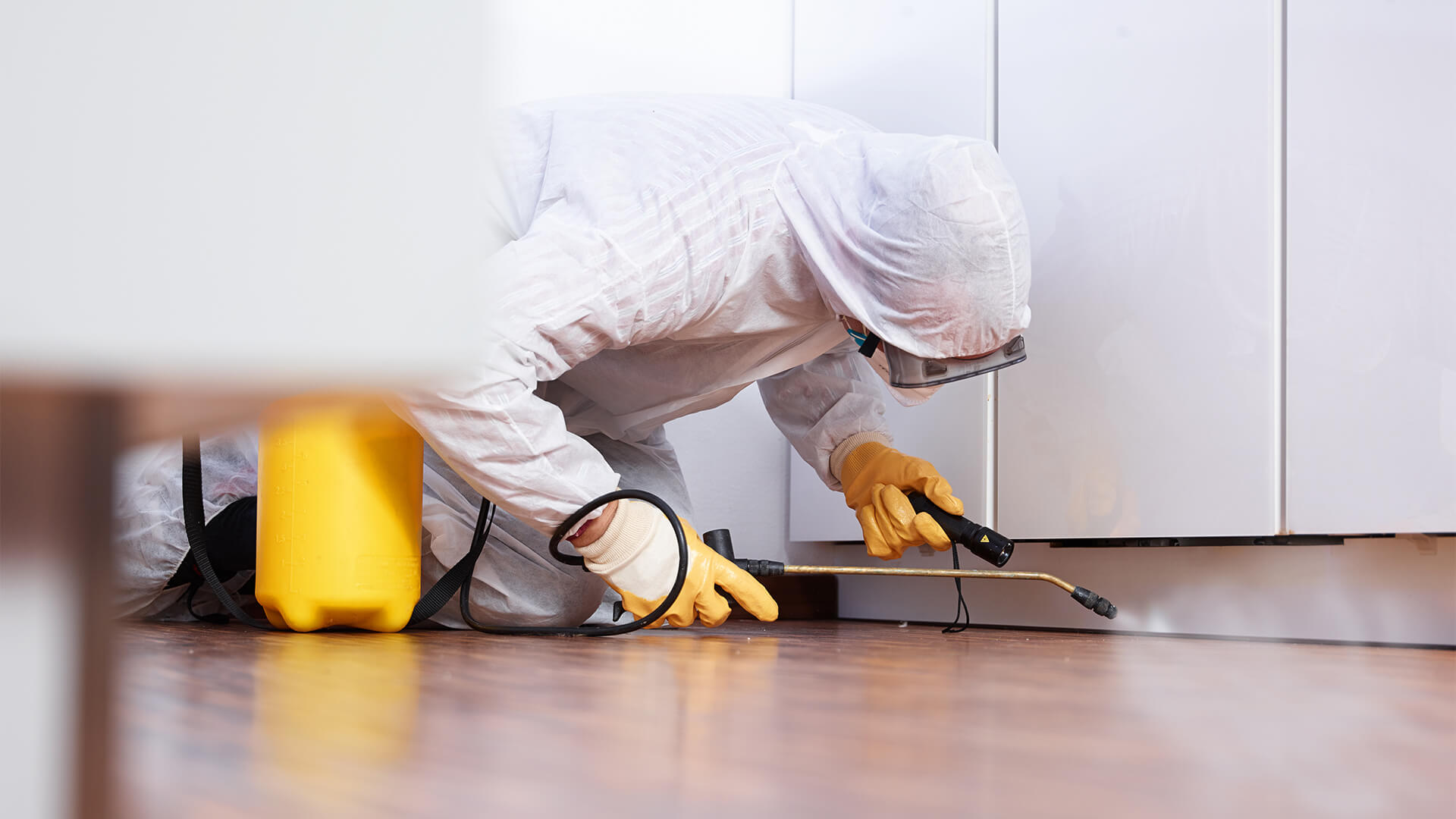Affordable Pest Control to secure your property from infestations.
Eco-Friendly Parasite Control Approaches for Handling Wild Animals in Urban Areas
Urban areas commonly discover themselves at the crossway of human activity and wildlife, leading to unique obstacles in parasite monitoring. These methods not just safeguard the atmosphere but additionally boost area interaction in wildlife management. As city populaces continue to grow, recognizing the characteristics of wild animals interactions becomes increasingly critical.
Recognizing Urban Wild Animals Dynamics
Understanding Urban Wild animals Characteristics is crucial for creating reliable and eco-friendly pest control approaches. Urban locations are increasingly becoming environments for different wildlife species, driven by elements such as habitat fragmentation, food availability, and human infringement. Recognizing these characteristics enables for a nuanced method to pest monitoring that lines up with environmental principles.
Urban wild animals commonly includes varieties such as raccoons, squirrels, and birds, which adjust to city atmospheres, locating specific niches in eco-friendly spaces, parks, and even domestic locations. Their existence can lead to conflicts with humans, particularly when they exploit personnels for food and shelter. Recognizing the actions and environmental duties of these species notifies methods that minimize unfavorable communications while advertising biodiversity.
Additionally, recognizing the interdependencies within city communities aids in identifying vital locations for habitat conservation and restoration. This understanding contributes to the advancement of incorporated bug administration (IPM) strategies that consider the ecological balance, thus minimizing dependence on damaging chemicals. By cultivating conjunction in between human beings and urban wildlife, cities can create healthier atmospheres that profit both homeowners and neighborhood ecosystems, paving the way for sustainable urban living.
Natural Repellents and Deterrents
Natural repellents and deterrents offer a lasting choice to standard parasite control approaches by harnessing the power of nature to keep undesirable varieties away. These eco-friendly solutions generally utilize plant-based ingredients, important oils, and other normally occurring compounds that discourage insects without hurting the setting.
One reliable natural repellent is peppermint oil, which is known to fend off rodents and bugs. Its strong fragrance is unpleasant to many insects, making it a prominent option for metropolitan setups. Vinegar and citrus peels can offer as deterrents, as their solid smells are typically unappealing to various wild animals.
In addition, diatomaceous planet is an all-natural powder that can be spread out in areas prone to parasite task, successfully dehydrating and preventing pests without presenting risks to non-target varieties. Additionally, garlic sprays and neem oil are recognized for their capability to fend off a vast array of pests, consisting of both insects and bigger wildlife.
Applying these natural repellents not just reduces dependence on chemical pesticides yet likewise promotes a healthier city community, cultivating a more balanced conjunction in between humans and wildlife. By making use of these approaches, metropolitan locations can properly manage bug populaces while decreasing environmental effect.
Environment Alteration Techniques
Efficient environment alteration techniques play a critical role in sustainable bug monitoring by modifying the environment to make it less favorable to pest problems. By understanding the ecological dynamics of metropolitan locations, residential property owners can execute calculated alterations that hinder pests while promoting biodiversity.
(Fire ant control Port Charlotte)One key technique includes preserving correct sanitation. This includes routine waste elimination, safeguarding garbage can, and getting rid of standing water to reduce breeding sites for pests and rats. Additionally, landscape design techniques such as selecting native plants can improve eco-friendly balance, offering environments for beneficial organisms while lessening sources for parasites.
One more vital method is to seal access points in structures. Checking and repairing splits in structures, walls, and home windows can significantly minimize pest accessibility. Creating physical obstacles, such as fences or plant barriers, can inhibit wild animals activity right into human-inhabited locations.
Integrated Insect Administration Practices
Building upon environment adjustment strategies, incorporated parasite management (IPM) practices use a holistic technique to controlling bug populations while lessening ecological impact. IPM incorporates various methods, consisting of biological, social, mechanical, and chemical controls, to achieve efficient parasite management.
Biological control entails the introduction of natural killers or bloodsuckers to reduce bug populaces. Cultural practices, such as crop turning and sanitation, disrupt pest life cycles and lessen their environments - Pest Control. Mechanical controls, like traps and obstacles, give immediate remedy for bug stress without chemical intervention
Chemical controls are used as a last option, concentrating on targeted applications that restrict harm to non-target species and the atmosphere. The choice of eco-friendly chemicals, when required, is important to the IPM structure. In article source addition, monitoring insect populations and examining prospective damages aids educate decision-making, ensuring that interventions are timely and effective.
Neighborhood Participation and Education And Learning

(Termite treatment Port Charlotte)Workshops and informative sessions can furnish residents with expertise regarding indigenous varieties, environment preservation, and reliable safe insect administration methods. Collaboration with schools, neighborhood companies, and federal government companies even more enhances instructional outreach, making certain that crucial details reaches diverse target markets.
Additionally, community-led efforts, such as neighborhood clean-up days and environment reconstruction jobs, not only advertise biodiversity however likewise strengthen area connections. Pest Control. By encouraging homeowners to share their experiences and observations, communities can create targeted approaches that deal with specific neighborhood bug issues
Including comments from residents right into bug management intends allows a more receptive and adaptive approach to wild animals challenges. Inevitably, notified and engaged areas are crucial to achieving lasting success in green bug control, causing healthier city atmospheres that respect both human and ecological demands.

Conclusion
In conclusion, environmentally friendly insect control approaches deal sustainable services for managing city wild animals. By prioritizing environment alteration, using natural repellents, and executing integrated parasite administration methods, neighborhoods can foster an unified conjunction with local animals.